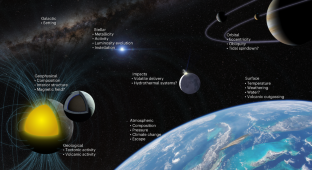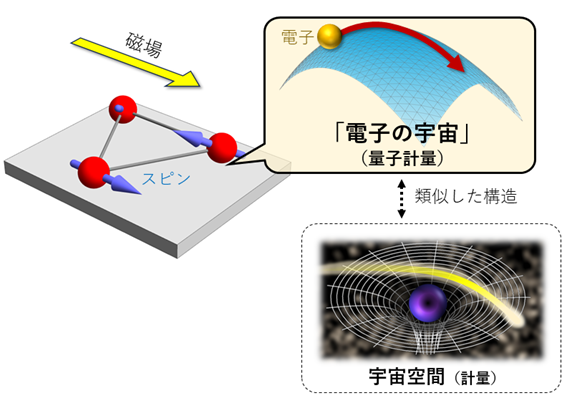2024-04-22 カリフォルニア工科大学(Caltech)
<関連情報>
- https://www.caltech.edu/about/news/ai-and-physics-combine-to-reveal-the-3d-structure-of-a-flare-erupting-around-a-black-hole
- https://www.nature.com/articles/s41550-024-02238-3
いて座A*超巨大ブラックホール近傍のフレアの軌道偏光トモグラフィー Orbital polarimetric tomography of a flare near the Sagittarius A* supermassive black hole
Aviad Levis,Andrew A. Chael,Katherine L. Bouman,Maciek Wielgus & Pratul P. Srinivasan
Nature Astronomy Published:22 April 2024
DOI:https://doi.org/10.1038/s41550-024-02238-3

Abstract
The interaction between the supermassive black hole at the centre of the Milky Way, Sagittarius A*, and its accretion disk occasionally produces high-energy flares seen in X-ray, infrared and radio. One proposed mechanism that produces flares is the formation of compact, bright regions that appear within the accretion disk and close to the event horizon. Understanding these flares provides a window into accretion processes. Although sophisticated simulations predict the formation of these flares, their structure has yet to be recovered by observations. Here we show a three-dimensional reconstruction of an emission flare recovered from Atacama Large Millimeter/Submillimeter Array light curves observed on 11 April 2017. Our recovery shows compact, bright regions at a distance of roughly six times the event horizon. Moreover, it suggests a clockwise rotation in a low-inclination orbital plane, consistent with prior studies by GRAVITY and the Event Horizon Telescope. To recover this emission structure, we solve an ill-posed tomography problem by integrating a neural three-dimensional representation with a gravitational model for black holes. Although the recovery is subject to, and sometimes sensitive to, the model assumptions, under physically motivated choices, our results are stable and our approach is successful on simulated data.



